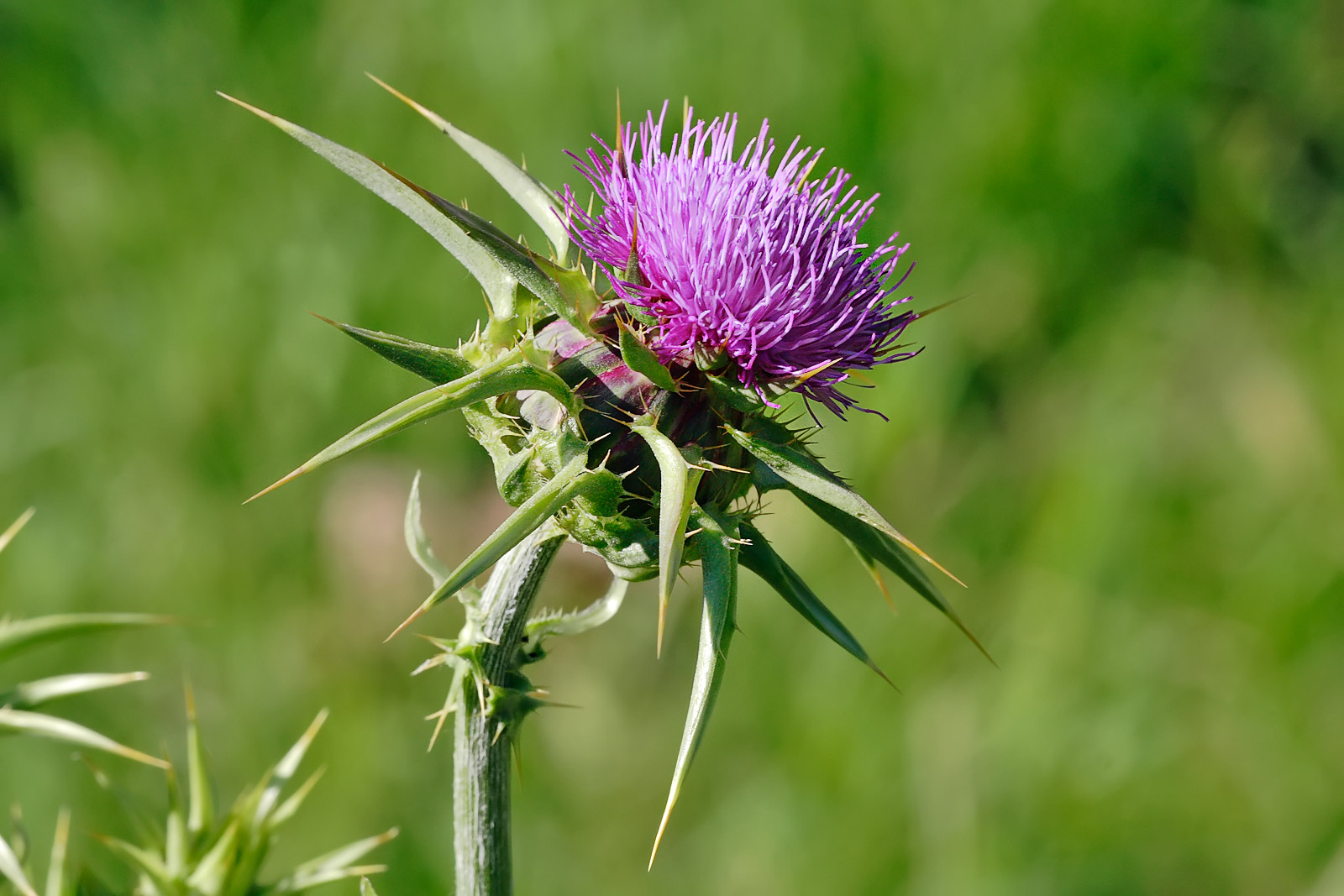However, as someone concerned with what she eats, and anxious to promote a sustainable food economy, I can no longer deny that eating meat is a potentially unsafe practice. Let's not kid ourselves, if you're eating meat in this country, it's likely you've been eating animals fed on GM grain. According to GM-Free Ireland, Ireland is the EU's highest importer of genetically modified animal feed.
The stealthy creep of GM feed into our diets has been ongoing for years. A huge boon to the GM campaign in Ireland was the Irish Government's go-ahead to Teagasc's field trial of GM potatoes. This has been accompanied by the media's mindless parroting of biotech PR (complete with distasteful evocations of the Famine). Public ignorance and apathy concerning the issue has been encouraged by the deep pockets of biotechnology companies which has helped fund a ceaseless barrage of pro-GM propaganda in the media.
What has been less widely talked about is the fact that something like 80% of the world's animal feed supply comes from genetically modified maize and soya. Due to EU legislation, it is not required to label products derived from GMO feedstuffs. Many supermarkets believe that complying with these regulations is sufficient to allay people's justifiable concerns about GM. In a recent correspondence with Superquinn's Customer Service Co-ordinator concerning their meat labelling policy, I received the following response:
'Superquinn
operates a robust traceability system and has led the way in assuring
our customers of the safety of our food products for many years. All of
our meat is of Irish origin, operating to strict standards endorsed by
the Bord Bia quality assurance scheme. All of our products are clearly
labelled and we have a GM policy that all our supplier comply [sic] with. All
of our products comply with EU GM labelling requirements.'
As a result, large sections of the public believe that the food they eat is GMO-free, whereas much of the time it is nothing of the sort. The claim by GMO supporters that animals fed on GM feed are safe for human consumption is in serious doubt. As the report 'GMO Myths and Truths' shows, not only is GM feed detectable in the animals that consume it, it has been shown to survive in the blood of pregnant women who consume it, as well as the blood supply to their foetuses.
How can we avoid consuming meat tainted by GM? Well, we can avoid eating meat altogether. Vegetarianism is still a safe option in Ireland, where GM crops are not currentlygrown (apart from Teagasc's ridiculous experiment). If you are unwilling to take that route, then contact your meat supplier, whether it is your local butcher, supermarket or farm. Demand clearer labelling so that you can choose whether or not you want to eat meat raised on GM feed. Contact the government and let them know that GM feed is not acceptable, that claims of traceability and transparency must include the feed that animals are reared on.
In the meantime, organic meat seems to be the safest option. The growth of organic meat over the last decade has meant that organic beef and chicken are growing more freely available. However, suppliers of non-GM pork in Ireland seem be rarer than hen's teeth. It helps to know your farmer, as they will be able to tell you where they source their feed. Unfortunately for those who live in Dublin, John Downey's Organic Butchers in Terenure no longer supply organic sausages. Luckily, Coolanowle Meat Suppliers in Carlow supply organic pork, lamb, beef and chicken. You can order online, or if you are slightly scared of their delivery charges, you can catch them on Sundays in Dún Laoghaire Food Market.
Their sausages can vary in taste quality. The first time I tried them, they were delicious, but the second time I was slightly disappointed. However, their bacon, white pudding and diced lamb are second to none.
If you think organic meat is too expensive in these times, well, I would suggest that good health and peace of mind are worth paying a little extra for.










